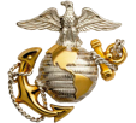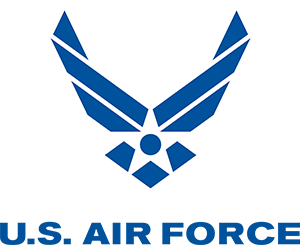Ways to Serve
Enlisted and Officer Paths
There are two very different ways to join the Military: enlisting and commissioning as an officer. Knowing the difference will go a long way toward understanding how the Military works.
Comparing Enlisted & Officer Careers
The choice between enlisting or commissioning as an officer makes a significant impact on the type of experience and training a new recruit receives. Learn the key differences below.
Enlisted
All enlisted jobs require a high school diploma, although with certain exceptions a GED is acceptable. While enlisted careers do include infantry roles, most jobs involve hands-on training for mechanical, transportation, human service or office fields that transfer well to the civilian world.
Good to know: The Services assign careers to where each individual’s skills are most needed, so there is no guarantee service members will receive their first choice for a career. However, the Services do make an effort find the right fit for each service member.
Officer
Almost all officer positions require a four-year degree or equivalent. Officers are the managers of the Military, acting in leadership roles that require planning, directing operations and making critical decisions. Officer positions also include careers that require advanced degrees, such as law and medicine.
Good to know: In exchange for a paid college education and a guaranteed post-college career, Reserve Officers' Training Corps (ROTC) cadets commit to serve as officers in the Military after graduation.
Get to Know the Men and Women Who Serve
The Military is an All-Volunteer Force composed of men and women just like you.
Length 1:28 View TranscriptTranscription
M1: They call us the one percent. Our nation’s line of defense. But we are no different than you.
(music)
M1: We are trained professionals. We get the job done, and protect our nation. We are your soldiers, sailors, airmen, Marines, Coast Guardsmen, and guardians. We are your Defense.
(music)
Get to Know the Men and Women Who Serve
Understanding Enlisted and Officer Ranks
The enlisted and officer paths each have a unique hierarchy of various ranks and insignias. Although ranks and insignias may differ between Service branches, they all indicate a service member’s level of responsibility, leadership and seniority.
Each rank is also associated with a paygrade that is part of a service member’s total compensation. For example, a Marine Corps sergeant has a paygrade of E-5, an Army warrant officer 1 has a paygrade of W-1, and a Navy captain has a paygrade of O-6. As a service member is promoted through the ranks of his or her respective Service branch and path, his or her paygrade will progress as well.
Transitioning From Enlisted To Officer
Most Services have programs that help enlisted service members transition into officer roles. Enlisted service members with the right qualifications may be recommended by their commanding officers for Officer Candidate School (OCS) or Reserve Officers' Training Corps (ROTC) if they plan to go back to school.
In addition, there are two other ways service members can earn an officer title. Warrant officers are promoted from the enlisted ranks for technical expertise and rank between the highest enlisted and lowest commissioned officers. Noncommissioned officers (NCOs) are high-ranking enlisted service members who have been given officer-like authority by their superiors. Additional training is provided in both cases.











